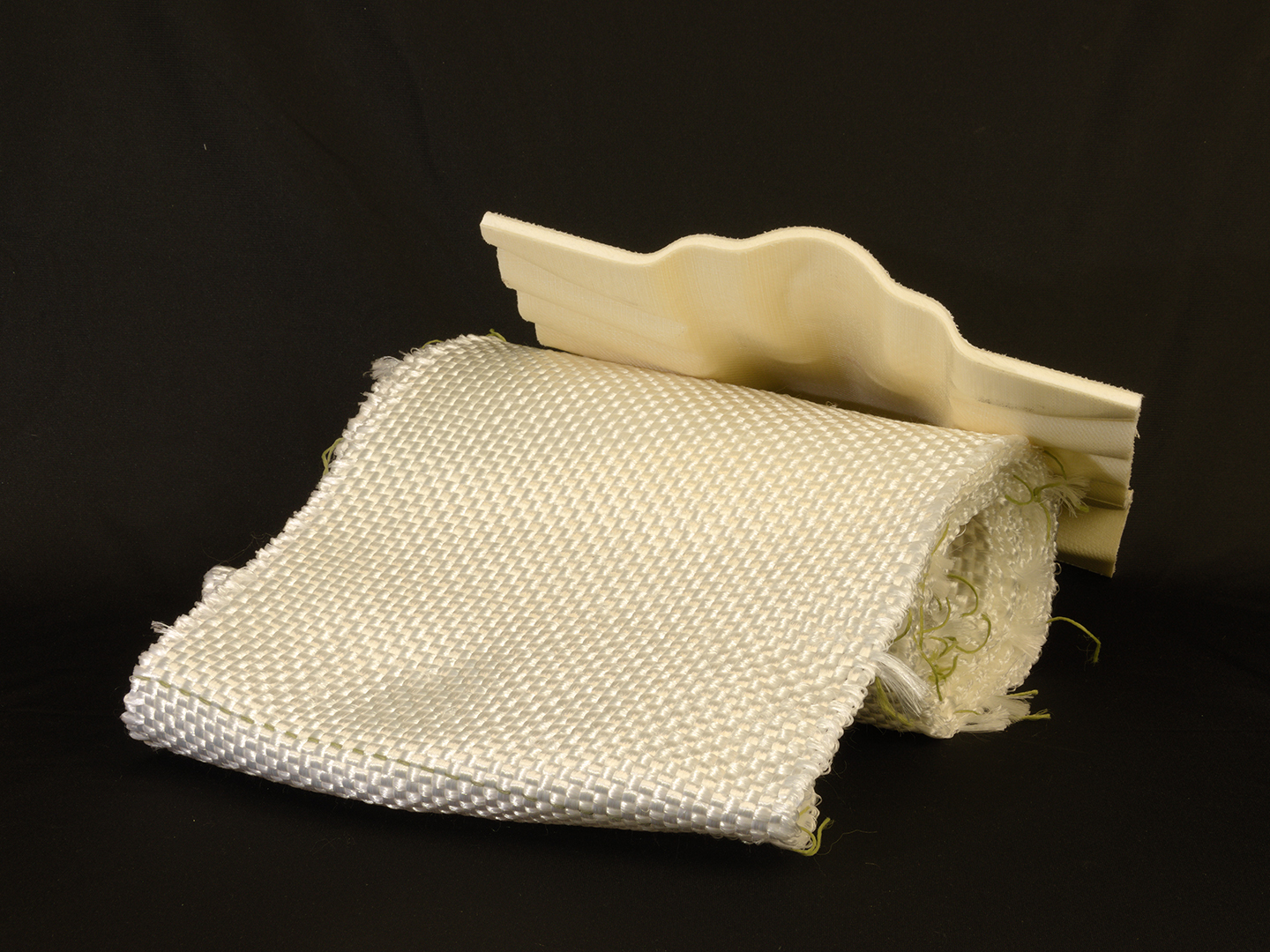Light, rigid, sustainable – cycle-optimised lightweight plastics
Newsletter 02/2021
For many products, a large part of the CO2 emissions occur during the use phase. These can be significantly reduced through lightweight construction. Due to their unrivalled weight-specific properties, fibre-reinforced plastics play a key role in this context.
»The right material, in the right place« has always been the maxim of lightweight construction. But does it always have to be a mix of materials? Scientists at the Fraunhofer CCPE answer this question with a straight no. With the aim of maximising the lightweight construction potential of a single material and thereby expanding its field of application, research is being conducted on biogenic polylactides (PLA) in a wide variety of material forms and construction methods. The key lies in their clever and goal-oriented combination. For example, stretched, solid and thermally stable polylactide fibres are combined with low-melting fibres. From this, flat self-reinforced fabrics or semi-finished products, similar to carbon or glass fibre-reinforced organic sheets, can be produced. In subsequent process steps, complex components are created from this, which are equipped with further functions in injection moulding.
In addition, through the combination with PLA foams, also a development field of CCPE, sandwich structures can be produced in which the weight-specific properties
are increased even further. The thermoplastic structure paired with the right process technology no longer requires an adhesive. In the developments, the focus is not only on the lightweight properties. Among other things, research is also being done on heat distortion and hydrolysis resistance as well as optimised processing conditions.
The aim is to provide individual and application-oriented property profiles for plastics processing. The wide-ranging competences within the cluster provide a holistic view, from material development and semi-finished product production to processing into products and recycling. And it is precisely in this last point that the advantage over conventional fibre composites lies: By building up from one basic component, the separation of fibres and matrix becomes superfluous and material recycling is facilitated. The material and process developments achieved can be transferred to other polymers and help our customers to make their products more closed-loop recyclable. Fraunhofer CCPE can also support you in the implementation of tailor-made monomaterial approaches.
Contact person:
Sascha Kilian (sascha.kilian@ict.fraunhofer.de), Phone +49 721 4640 448
